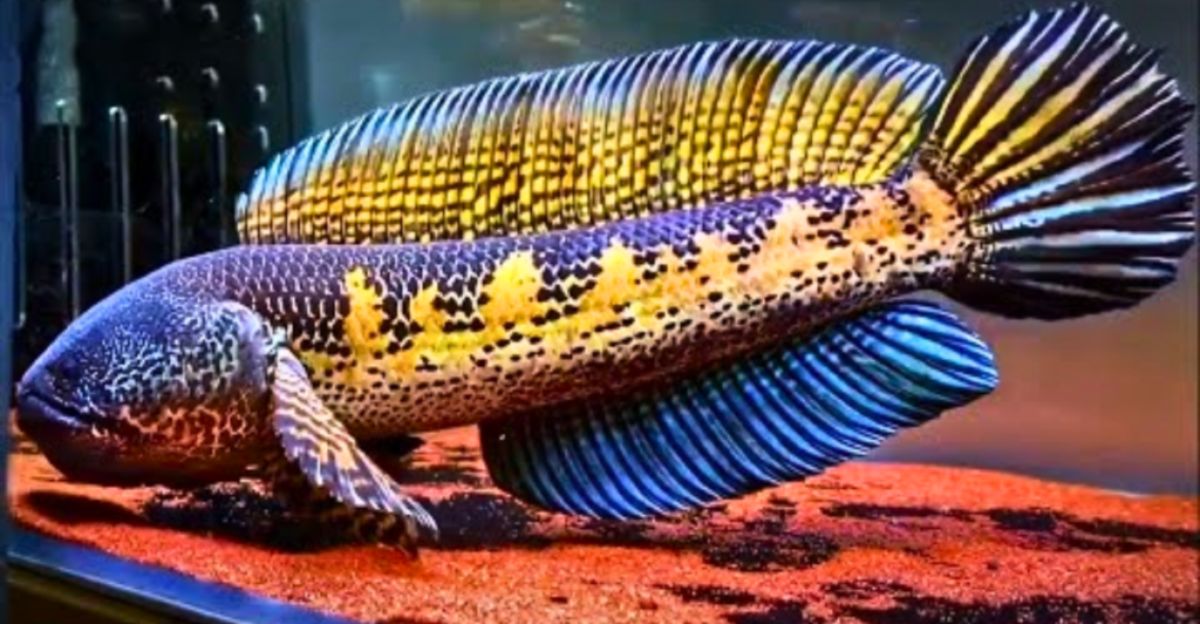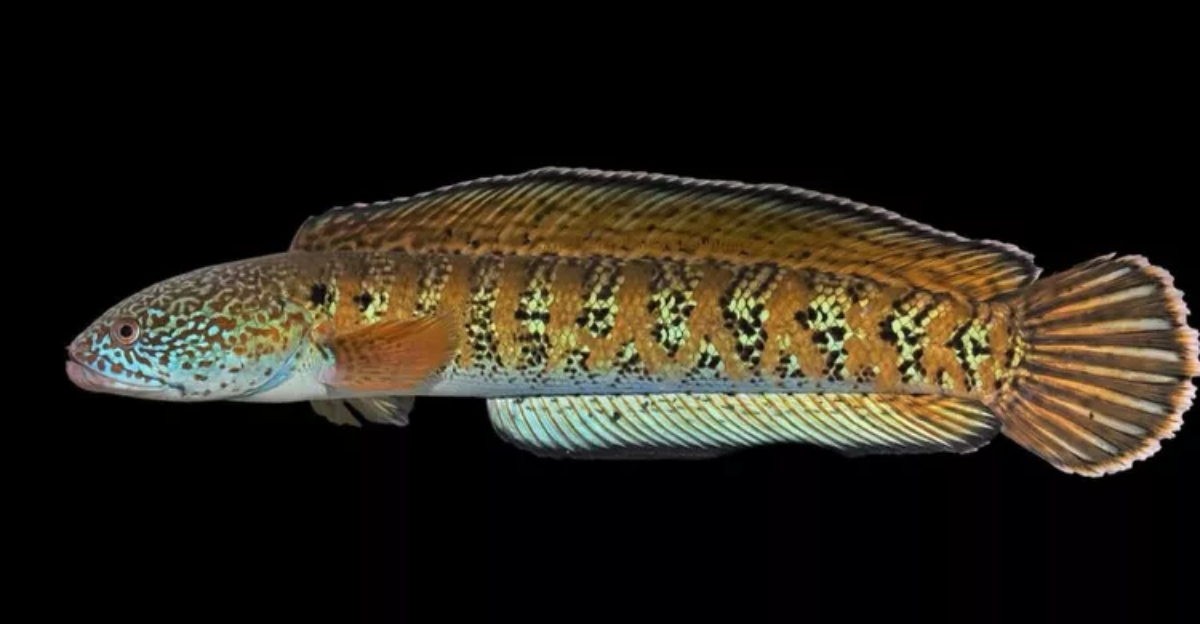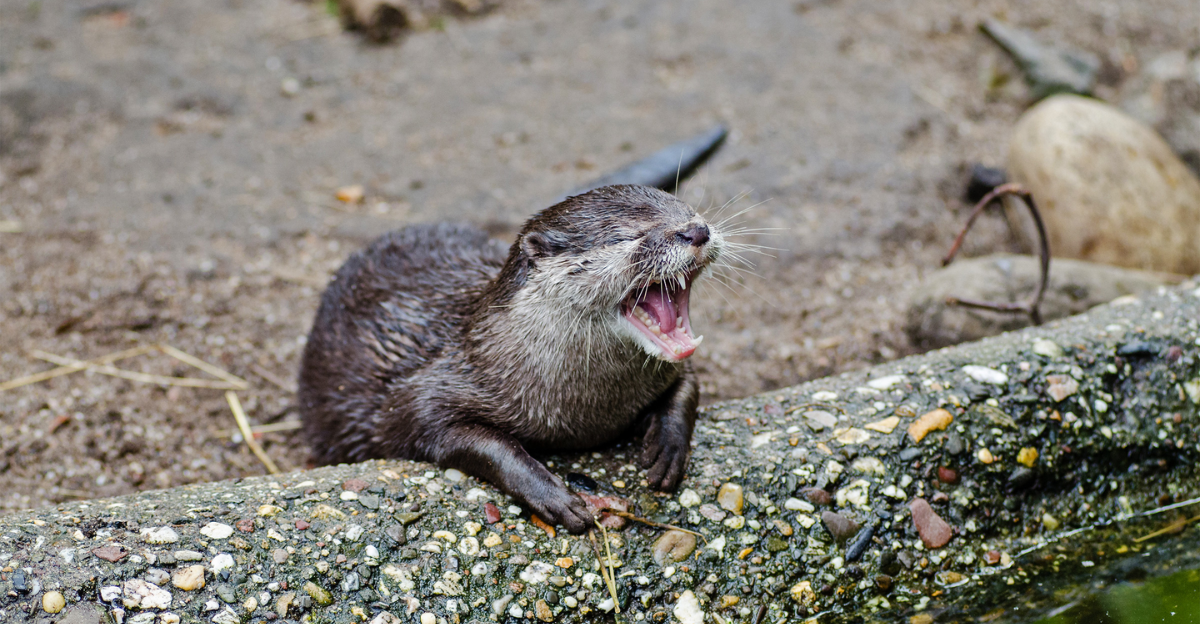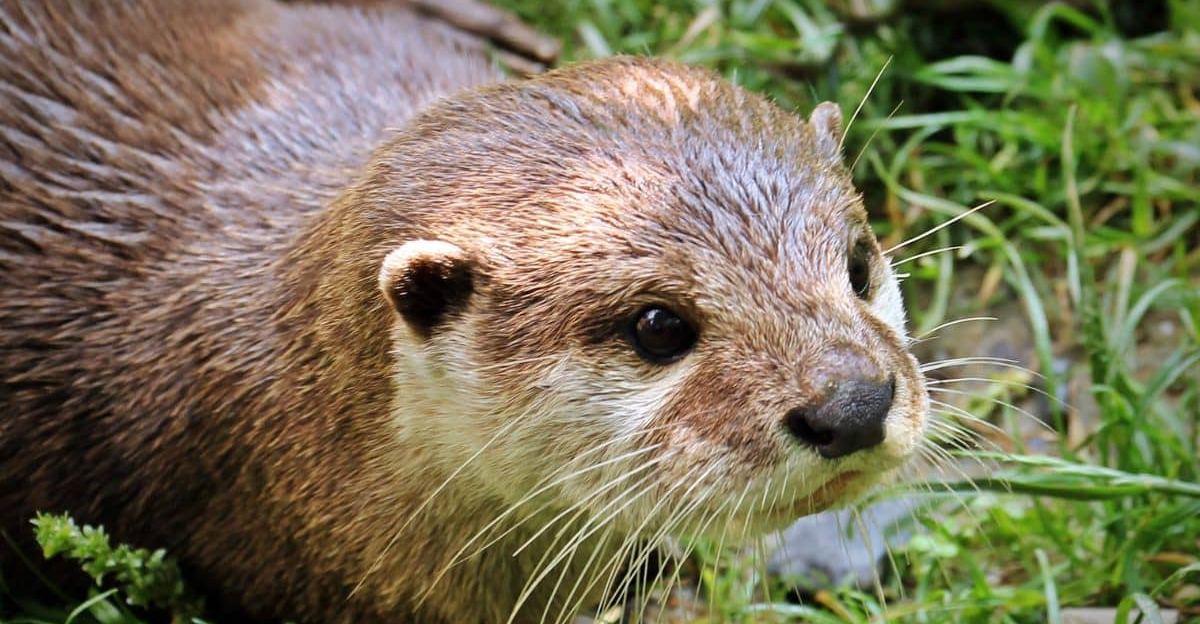
The rediscovery of the Chel Snakehead, a fish species believed to have been extinct 80 years ago, has stunned scientists and challenged our knowledge of extinction and modern conservation practice. The rediscovery has important implications for ecological resilience and human interaction with wildlife. In this article, we discuss how this rediscovery transcends conventional script and informs new possibilities for biodiversity conservation.
Meet the Chel Snakehead Fish

The Chel Snakehead fish is native to its namesake, the Chel River system, where it is the largest snakehead breed. The freshwater species is characterized by its bright green scales and yellow stripes, a recognizable pattern that is hard to miss even though the species is known to be elusive.
The Unexpected Return

In a remarkable turn of events, the Chel Snakehead (Channa amphibeus), a freshwater fish species was rediscovered in West Bengal’s Chel River in India after being missing for 85 years. This rediscovery has astonished scientists as the species, having been thought extinct, was seen on three separate occasions. The last time this rare fish was seen was in 1933.
The Disappearance

The Chel Snakehead was last seen when specimens were collected between 1918 and 1933 in the Himalayan region of India. After extensive searches yielded no sightings, scientists gave up on finding the fish again and pronounced it extinct due to habitat destruction, environmental changes, and overfishing.
Rediscovery in the Chel River

After months of investigation, scientists, including the Thackeray Wildlife Foundation researchers, managed to catch three live specimens in 2024 following a tip-off that the fish was being used by the local communities as a food source. Confirmation, including photographic evidence, of the species’ presence marked an historic moment for the study of fish (ichthyology) and conservation.
Scientific Validation

Genetic research later confirmed the samples to be Channa amphibeus, a tremendous rediscovery that was later documented in a paper published in the journal Zootaxa and detailed the species’ morphological features and habitat. The Chel snakehead’s vibrant coloration and unique scale patterns were meticulously recorded, providing invaluable data for future studies.
Implications of the Rediscovery

Reasons for rediscoveries such as this one range from uncharted habitats to species adaptability and improvements in detection technology, which together could result in the reappearance of species previously considered extinct. The re-discovery of the Chel Snakehead speaks to the resilience of the species and works to highlight the importance of continued exploration, conservation, and continued biodiversity surveys.
Conservation Efforts and Challenges

It is not hard to imagine that this rediscovery highlights the need for aquatic habitat conservation. However, habitat loss, global warming, and human encroachment continue to threaten biodiversity. Conservation of the Chel River ecosystem is, therefore, necessary to safeguard this snakehead species and other native species from extinction through collective preservation.
Global Context of Rediscoveries

The Chel Snakehead is not the only species to be rediscovered in recent years. Species presumed to be extinct have been rediscovered worldwide, prompting a change in conservation priorities and approaches. For example, the Asian small-clawed otter, unseen in Nepal since 1839, resurfaced in 2025 in Dadeldhura’s rivers, making scientists wonder whether other “lost” animals continue to survive in overlooked niches.
The Lazarus Effect

Rediscovered species—much like the Asian small-clawed otter and the Chel snakehead—challenge our understanding of extinction. These “Lazarus species” re-emerge in degraded habitats, sparking debates: Are they ecological miracles or proof of our failure to monitor biodiversity? For example, the Chel snakehead was found in pristine, fast-flowing water systems with rich biodiversity, likely providing the perfect refuge for the species to survive.
Contrarian Viewpoints

Some argue that the species’ survival challenges traditional conservation methods, suggesting that knowledge from local tribes can be crucial in rediscovering ‘extinct’ species. Turning to indigenous peoples may teach us more about species, resulting in a renewed commitment to conservation and encouraging efforts to search for other presumed extinct species.
Ecosystem Support

The species’ rediscovery provides insight into and supports ecosystem resilience, emphasizing the need to protect habitats from threats such as deforestation and pollution. Further studies are needed to understand the Chel snakehead’s population size, behavior, and ecological needs so that effective conservation plans can be developed to ensure the species’ long-term survival.
The Way Forward

The Chel snakehead’s survival for nearly a century without detection highlights the vastness of biodiversity and the limitations of current conservation data. However, it also gives scientists a reason for hope, further reinforcing the need for continued conservation efforts, habitat preservation, and global collaboration to safeguard our world’s biodiversity for future generations.
Explore more of our trending stories and hit Follow to keep them coming to your feed!

Don’t miss out on more stories like this! Hit the Follow button at the top of this article to stay updated with the latest news. Share your thoughts in the comments—we’d love to hear from you!







